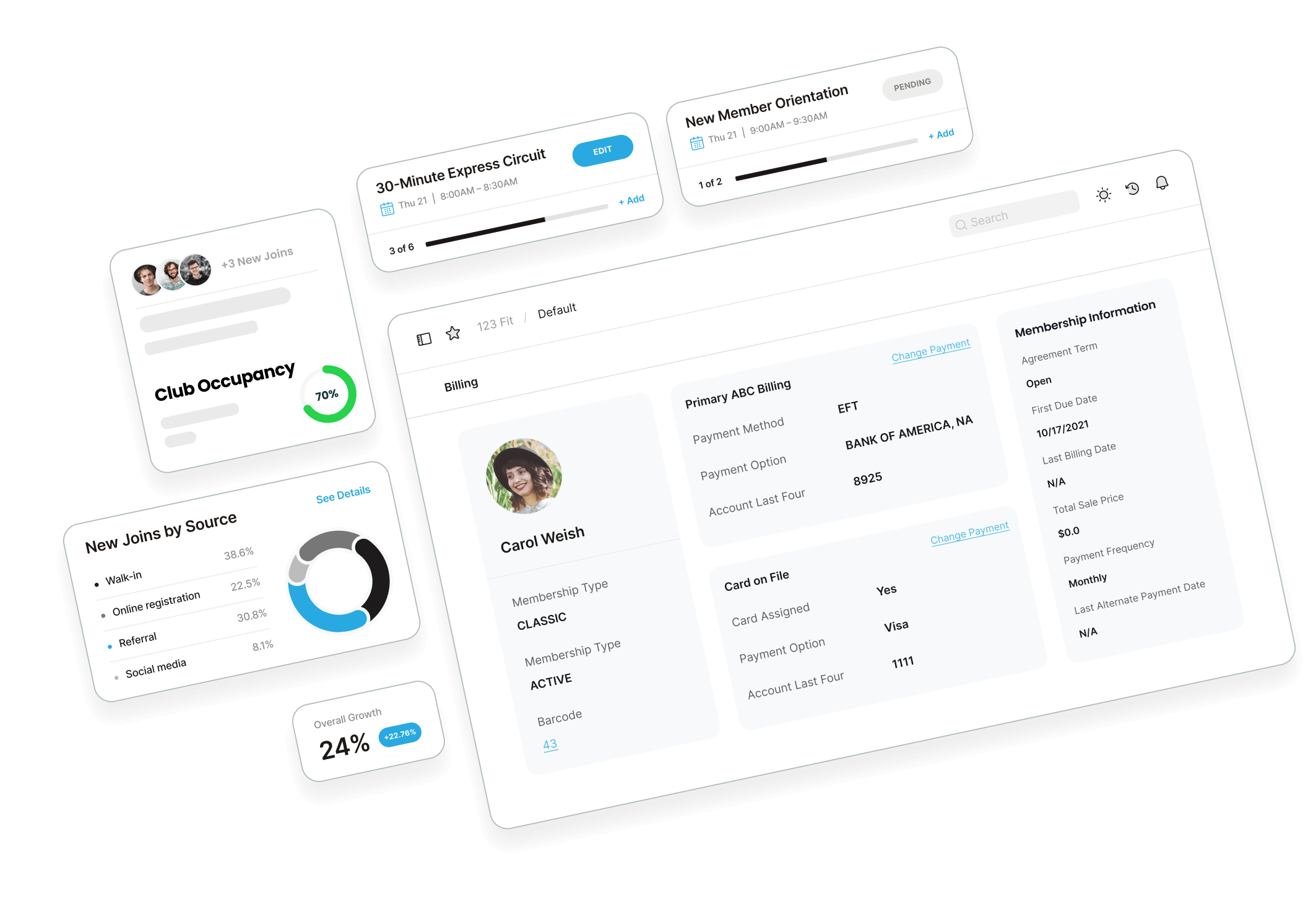Exercise from the Feet Up
By: Hope Osborn
A brisk jog or vigorous H.I.I.T. class is routine. Healthy practices, preventing injury, are also your routine. But something isn’t right. You feel tension or pain in your back or knee or foot. Before heading to the physical therapist, consider this. Consider your foundation—your workout shoes.
Maintaining a healthy body is like maintaining a house. You can putty and paint over cracks, but it doesn’t solve the true problem. The cracks indicate a problem in the foundation. Likewise “cracks” in your body may indicate a problem with your shoes. If you are feeling “cracks,” you may need to work on your foundation by replacing worn-out or unsuitable gym shoes.
Your first and best effort towards a solid athletic shoe is finding a reputable and knowledgeable store specializing in athletic shoes …
How so? Respect expertise. They will accurately measure your foot, including your unique gait, to help you select the most suitable shoe. The initial cost of a good athletic shoe can be offset next time by surfing or shopping for a discount retailer.
Your next best effort towards a solid athletic shoe is using your own knowledge …
How far? Think about the time and mileage on your shoes. Physical therapist and avid runner Suzanne Kole says in ACSM’s Health & Fitness Journal that running enthusiasts should replace their shoes every 300-600 miles or every 6-12 months, and avid walkers should generally replace them every year (Finding the Right Fit). Not sure of the mileage? WebMD’s article, “5 Biggest Mistakes When Choosing Workout Shoes,”recommends replacing your shoes every six months, if you work out daily, and every year, if you exercise more casually (Shaw).
What size? Don’t slight your shoe size. Kole also recommends you buy your athletic shoes a half-size larger than you normally would your casual shoes and that you ”shop for shoes at the end of the day when your feet are at their largest and most swollen” (Finding the Right Fit).
What for? Resist the temptation of doing shopping or errands in workout shoes. Give your athletic shoes the same respect you do your workout equipment. Tracie Rodgers, PhD with the American Council on Exercise warns that movements from shopping and errand-running wear and tear more quickly than running and walking exercises (Shaw).
What type? Be specific.The American Podiatric Medical Association recommends selecting a sport-specific shoe if you participate in a particular sport at least 2-3 times a week (Shaw). The same WebMD article gives podiatrist and foot surgeon Cheung’s recommendation that runners have more cushioning on the forefoot where they land and walkers have a stiff, supportive rubber heal (Shaw). If you aren’t geared to a particular exercise, a good option is a cross-trainer shoe that doesn’t bend easily and has a firm heel. Generally, a good athletic shoe should bend freely only in the toe and have a firm arch and heel.
“Cracks” or tension or pain in your body with exercise may mean you need professional help to get back on track, but first consider your foundation. Consider your exercise from the feet up.
Works Cited
Kole, Suzanne. “Finding the Right Fit: Shoe Buying Tips for Walkers and Joggers.” ACSM’s Health & Fitness Journal 11.4 (2007): 29-32. Web. 15 Apr. 2014.
Shaw, Gina. “5 Biggest Mistakes When Choosing Workout Shoes.” WebMD, n.d. Web. 15 Apr. 2014.

